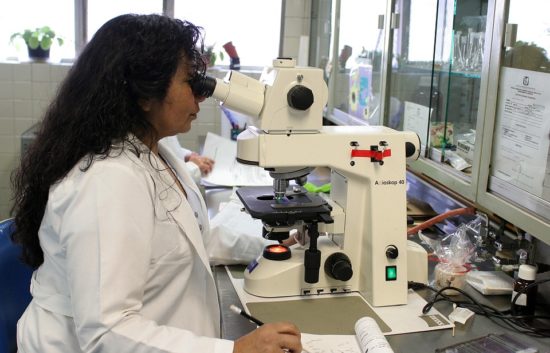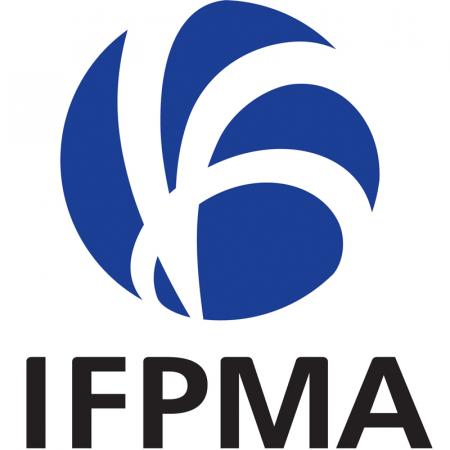Antimicrobial resistance in major bacterial and fungal pathogens in hospital-acquired infections from a tertiary care hospital in Lodhran, Pakistan
A study at a tertiary care hospital in Lodhran, Pakistan, involving 1,910 patients (2023–2025), revealed a high burden of antimicrobial resistance (AMR) among major bacterial and fungal pathogens. Methicillin-resistant Staphylococcus aureus (MRSA) remained partly sensitive to vancomycin (58.3%), while ceftazidime/avibactam was effective against most E. coli, Klebsiella pneumoniae, and Pseudomonas aeruginosa isolates. However, vancomycin-resistant Enterococcus (VRE) showed near-complete resistance to available drugs. Genetic testing identified TEM and SHV β-lactamases in nearly half of E. coli and K. pneumoniae isolates, and VIM, NDM, and OXA-48 carbapenemases in P. aeruginosa. The mecA and vanA resistance genes were highly prevalent in MRSA, VRSA, and VRE isolates. Risk factors for AMR included older age, ICU stay, prior antibiotic use, comorbidities, and invasive procedures, while infection control and stewardship programs significantly reduced risk. The study underscores the urgent need for robust infection prevention, antibiotic stewardship, and molecular surveillance to curb multidrug-resistant pathogens in Pakistani hospitals.
AMR NEWS
Your Biweekly Source for Global AMR Insights!
Stay informed with the essential newsletter that brings together all the latest One Health news on antimicrobial resistance. Delivered straight to your inbox every two weeks, AMR NEWS provides a curated selection of international insights, key publications, and the latest updates in the fight against AMR.
Don’t miss out on staying ahead in the global AMR movement—subscribe now!






